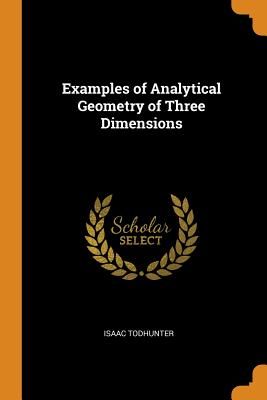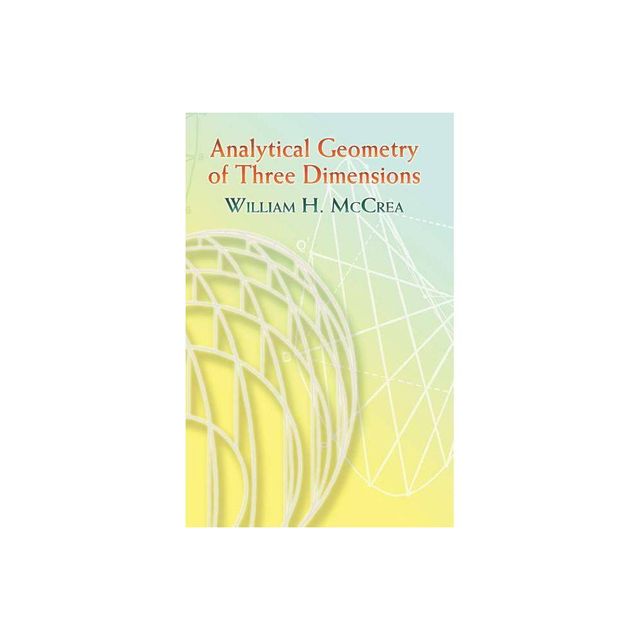Home
Hölder Continuous Euler Flows Three Dimensions with Compact Support Time
Loading Inventory...
Barnes and Noble
Hölder Continuous Euler Flows Three Dimensions with Compact Support Time
Current price: $193.00


Barnes and Noble
Hölder Continuous Euler Flows Three Dimensions with Compact Support Time
Current price: $193.00
Loading Inventory...
Size: Hardcover
*Product Information may vary - to confirm product availability, pricing, and additional information please contact Barnes and Noble
Motivated by the theory of turbulence in fluids, the physicist and chemist Lars Onsager conjectured in 1949 that weak solutions to the incompressible Euler equations might fail to conserve energy if their spatial regularity was below 1/3-Hölder. In this book, Philip Isett uses the method of convex integration to achieve the best-known results regarding nonuniqueness of solutions and Onsager's conjecture. Focusing on the intuition behind the method, the ideas introduced now play a pivotal role in the ongoing study of weak solutions to fluid dynamics equations.
The construction itself—an intricate algorithm with hidden symmetries—mixes together transport equations, algebra, the method of nonstationary phase, underdetermined partial differential equations (PDEs), and specially designed high-frequency waves built using nonlinear phase functions. The powerful "Main Lemma"—used here to construct nonzero solutions with compact support in time and to prove nonuniqueness of solutions to the initial value problem—has been extended to a broad range of applications that are surveyed in the appendix. Appropriate for students and researchers studying nonlinear PDEs, this book aims to be as robust as possible and pinpoints the main difficulties that presently stand in the way of a full solution to Onsager's conjecture.
The construction itself—an intricate algorithm with hidden symmetries—mixes together transport equations, algebra, the method of nonstationary phase, underdetermined partial differential equations (PDEs), and specially designed high-frequency waves built using nonlinear phase functions. The powerful "Main Lemma"—used here to construct nonzero solutions with compact support in time and to prove nonuniqueness of solutions to the initial value problem—has been extended to a broad range of applications that are surveyed in the appendix. Appropriate for students and researchers studying nonlinear PDEs, this book aims to be as robust as possible and pinpoints the main difficulties that presently stand in the way of a full solution to Onsager's conjecture.


















